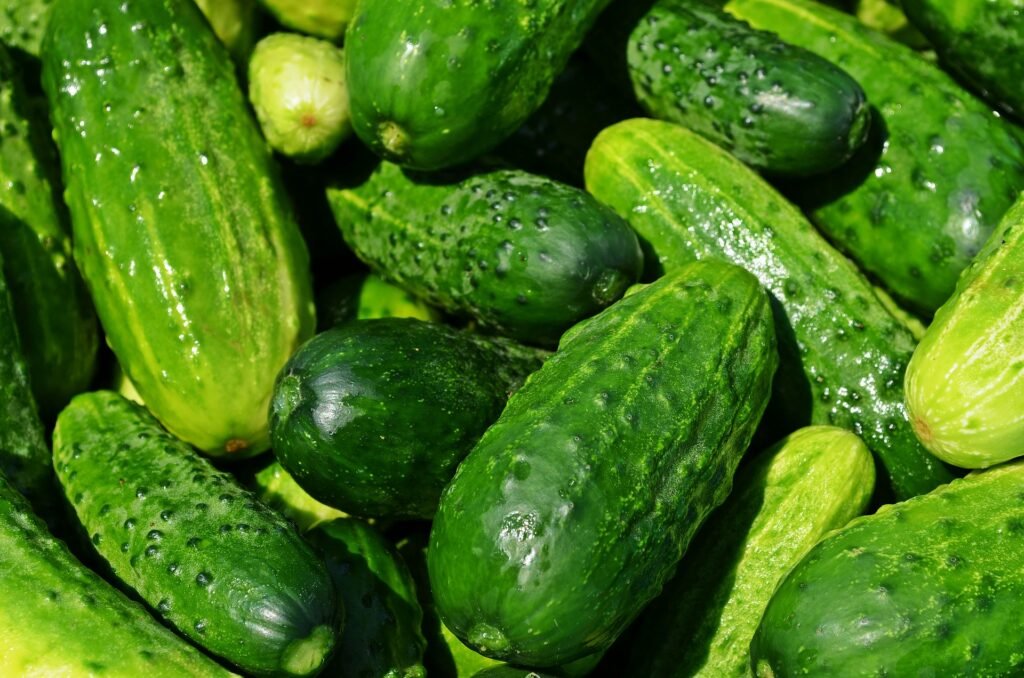
Asparagus Gardening The instigative trip from Seed to Spear
Asparagus, an imperishable favorite among Home theater veggies, offers Unique challenges and prices, that can regenerate any gardener’s green thumb. Whether you are a seasoned gardener wanting to try a commodity new. Or a freshman who is eager to embark on a gardening adventure; understanding the nuances of growing asparagus could transform your gardening experience. Let’s dive, into the world of asparagus gardening, where tolerance yields decadently succulent prices!
Why do you Grow Asparagus?
Before we get into the how let’s speak on the why. Asparagus isn’t Just a factory in your theater; it’s an expansive investment for your culinary future! Imagine stepping outside for crop-fresh pikestaffs for regale or enjoy the crisp texture of homegrown asparagus with your favored dishes!
Health Benefits: Asparagus is low in calories while packed with rudiments vitamins and minerals.
profitable Advantage With all proper care, a factory of asparagus can produce for further than 15 times; furnishing profitable savings over buying pikestaffs at the shops.
Gardening Challenge: Perfect for those who enjoy a bit of a gardening challenge. Asparagus requires tolerance and amenities but award you plushly.
Getting launch in Asparagus Gardening
Choosing the Right Variety
There are several varieties of asparagus, each with its advantages. Consider the climate of your area and your flavor preference when choosing!
Jersey Knight: This is an each-manly mongrel that is largely productive and complaint-resistant, perfect for cooler climates!
grandiloquent Passion: is honored for its unique color and sweeter, more tender pikestaffs; it also stands out in dishes!
Mary Washington: This is a traditional heritage, famed for its hardiness and typical asparagus flavor.
Ideal Place for Planted
Asparagus thrives in Full sun and soils that drain well. The position should have at least 8 hours of direct sun per day.
Soil Preparation Work: in LOTS of organic matter to enrich the soil and ensure it drains well. Asparagus doesn’t like ‘ wet bases ’, thus raised beds might be particularly effective.
pH situations: The Soil pH should be slightly alkaline, between 7.0 and 7.5. You can amend acidic soils using lime, to reach this ideal range.
Planting Asparagus
From Crowns or Seeds?
While you can start growing asparagus from seeds, utmost gardeners prefer planting one-time-old crowns! These Are the roots of asparagus shops which have grown for a time and are ready for scattered!
Planting Crowns: Digs fosses about 12 elevations wide by 6 elevations deep, Place crowns 15 inches piecemeal in rows there are 5 bases piecemeal! Cover with soil; water well!
Starting from Seed: If choose seeds, start them in early spring! It’ll take three times for crop, compared to two with crowns?
Care and conservation
Asparagus needs some early care and conservation but becomes further hands-off formerly established.
Watering: Keeping the soil wettish but not soppy. Asparagus shops are deep- roots and can tolerate some dry spells.
Mulching: Applying mulch to conserve humidity, reduce weeds growing, and cover the roots during downtime.
Fertilizations: Feed asparagus shops annually in early spring then again after the crop season. Use a balanced toxin, or aged compost?
The Waiting Game from Year One to Harvest
tolerance is essential in asparagus; Harvesting too beforehand can weaken your shops. They are what to anticipate from planting to your first full crop
First Year: Focus solely on allowing the shops to establish themselves! Don’t gather any pikestaffs appearing.
In the second year: you might pick many pikestaffs in early spring but keep it minimum! Allow the factory to develop its root systems.
Third Year and Beyond: Now, you can enjoy completely the fruits of your labor! Harvest pikestaffs when they are about 8 elevations altitudinous, and kids are still strained! Stop crops when the periphery of pikestaffs decreases, as this shows the factory needs to focus on growth for the coming time.
Common Pests and Problems
Asparagus has its fair share of pests and challenges that can baffle your gardening sweats.
Asparagus Beetle: This pest chews on pikestaffs and leafage. Regular monitoring and hand-selecting can control mild infestations, or you might use organic fungicides, as necessary.
Fusarium Wilt: A soil-borne complaint that can oppressively impact your crop. Factory complaints- resistant kinds and ensure proper drainage to help this issue.
Enjoying Your Asparagus Harvest
Once your asparagus is established, you can look forward to the time of crop. lately cut asparagus is fantastic grilled, fumed, or incorporated into a variety of dishes. Flashback, the fresher the shaft, the better the flavor.
Conclusion
Asparagus may test your gardening tolerance, but the lucre is incontrovertibly worth it. From opting for the right variety to enjoying your first crop, each step in asparagus gardening is filled with expectation and excitement. By following these guidelines, you can enjoy a bountiful, nutritional crop that could veritably well last over a decade. So why stay? Start planning your asparagus theater moment and prepare for a thrilling gardening adventure that yields succulent results time after time!



